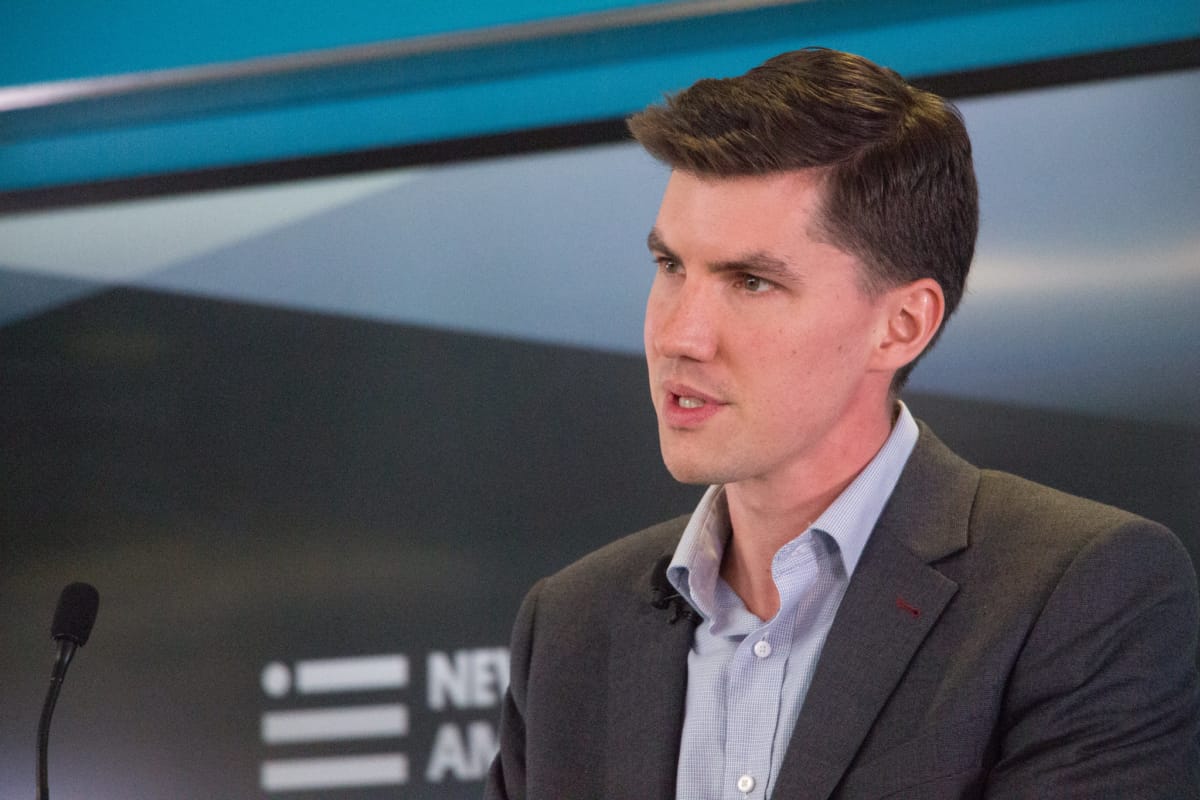Panelists Highlight Importance of Accurate Broadband Maps in Closing Digital Divide
WASHINGTON, July 30, 2019 — Closing the digital divide will require a multifaceted long-term solution, and better broadband maps are an essential step towards getting there, said panelists at a discussion hosted by New York Law School and the Federal Communications Bar Association on Tuesday. Indian
Em McPhie

WASHINGTON, July 30, 2019 — Closing the digital divide will require a multifaceted long-term solution, and better broadband maps are an essential step towards getting there, said panelists at a discussion hosted by New York Law School and the Federal Communications Bar Association on Tuesday.
Indiana State Senator Eric Koch emphasized the importance of identifying government barriers to broadband development and then proposing legislation to reduce them. Reducing such barriers, especially at a federal level, will create the necessary flexibility to craft localized solutions, he said.
In addition to lowering regulatory barriers for providers seeking to reach rural communities, the government should think of these providers as partners for rural development, not as sources of revenue, said Claude Aiken, president of the Wireless Internet Service Providers Association.
The federal government needs to have a more inclusive and comprehensive approach to spectrum that takes into account the needs of rural areas, Aiken said, and capital should be targeted towards small community operators in addition to the bigger players.
While some call for more funding to be directed towards closing the digital gap, the government is already spending as much as it can afford, said Chris Nelson, vice chairman of the South Dakota Public Utilities Commission.
Moreover, the uncertainty that surrounds funding from year to year can actually take quite a toll on companies seeking subsidies, making it difficult for them to plan and budget for the future, Nelson said.
Koch agreed, saying that subsidies should only be used as a last result for “the last inch of the last mile.”
Government subsidies can be difficult to allocate because the government doesn’t have reliable broadband maps, Koch added. Carriers may claim to be serving a certain area, but that area could include one customer or a thousand customers.
Lawmakers have to be careful not to allow or incentivize overbuilding and prioritize the unserved over the underserved, but the currently available data doesn’t provide enough information to make these distinctions, Koch said.
Not only are the maps often inaccurate, there are significant delays between when the data is collected and when it is released, said Nelson. The delay is mainly due to the quality of the data being gathered, which is so poor that it can take over a year to refine it and make it publishable.
The Federal Communications Commission published a Report and Order and Notice of Proposed Rulemaking on July 11 detailing a plan to improve data collection, which involves a crowdsourcing process to collect public input on service providers’ broadband maps.
“The Commission’s current census-block level broadband deployment reporting has been an effective tool for helping the Commission target universal service support to the least-served areas of the country, but more granular data is needed to direct funding to fill the “gaps” in broadband coverage—those areas where some, but not all, homes and businesses have access to modern communications services,” the agency said.
(Photo of Claude Aiken by New America.)











Member discussion